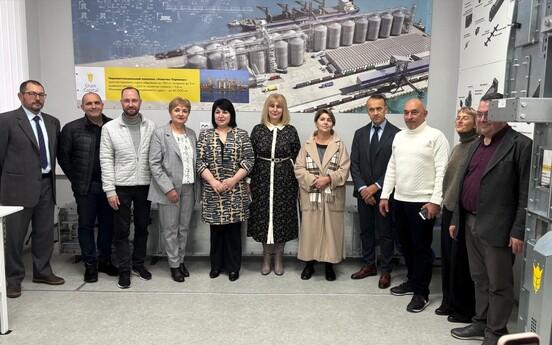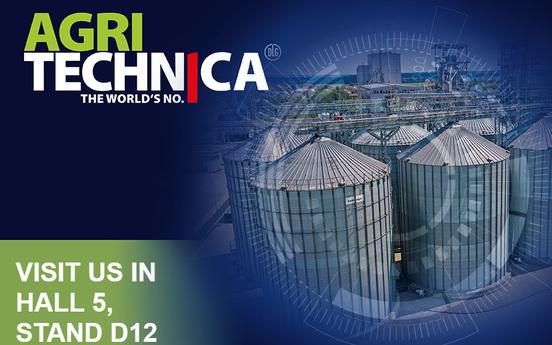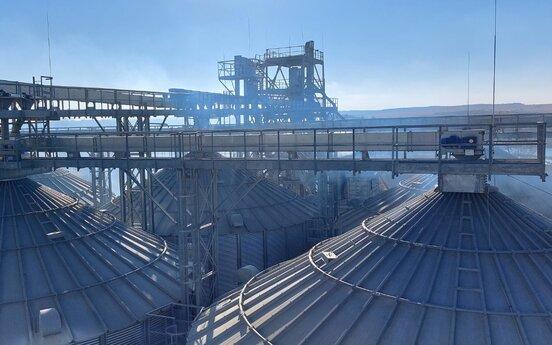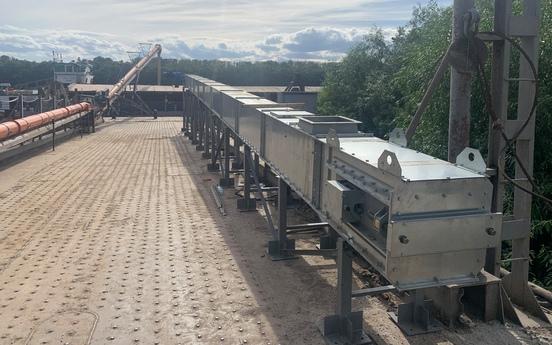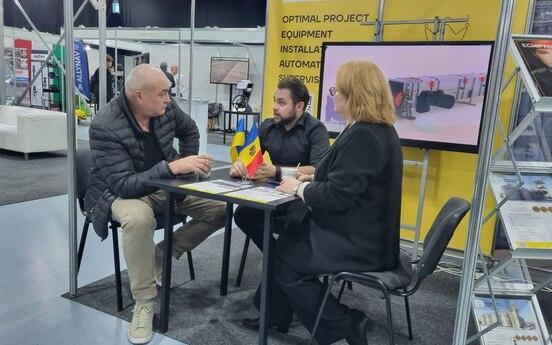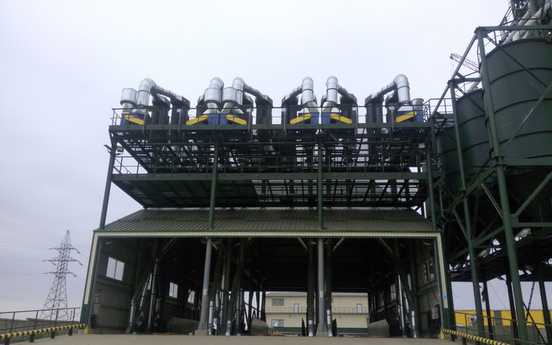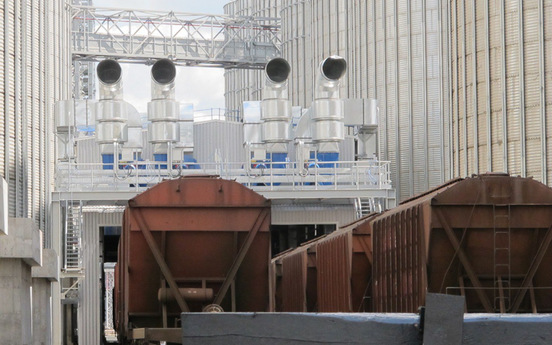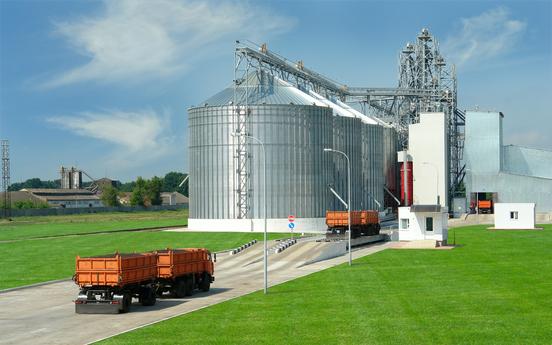Drying and transportation of corn on the cob

Drying and transportation of corn on the cob
To obtain high quality maize seed, grain drying is usually carried out in the cob. During cob drying, in addition to moisture reduction, important biological and biochemical processes take place in the grain, which contribute to the improvement of seed qualities such as germination energy and germination. It is important to follow the technological norms for temperature regime, speed and filtration of the coolant. Seed corn dried on the cob and then threshed experiences less damage.
Peculiarities of corn drying
The main peculiarity of corn grain drying is its low moisture release compared to other grain crops. The intensity of moisture exchange of corn grain of different varieties is not the same and depends on grain size, shape, physical structure and chemical composition. The specific evaporation surface of corn grain is half that of wheat.
The dense shell of corn grain hinders evaporation of moisture. Moisture penetrates into the grain mainly through the embryo and is unevenly distributed throughout all parts of the grain, which leads to internal stresses, various shrinkage of tissues and formation of cracks in the endosperm, which do not violate the integrity of the shells.
Maize cob pods are always wetter than the kernels, but evaporate moisture more intensively during drying. After drying, the cobs should be left in the chamber to redistribute the moisture and equalize the moisture content of the entire volume, as immediate cooling may cause cracks in the kernels. The height of the corn mound should be such as to maximize airflow efficiency and avoid unblown areas.
Methods of drying corn in a fixed bed
Corn cobs are usually dried in a fixed bed. The bulk of cobs cleaned from their wrappings has a good borehole, which facilitates the circulation of air, which is supplied by pressure or natural ventilation. There are several methods of drying seed corn on the cob:
- In factory-type chamber dryers
- In bins
- On the grounds
- Under canopies
- Active ventilation
Visualization and control of the drying process
In modern dryers, the drying process is controlled by means of a control panel located on the control cabinet. The control panel visually shows all parts of the dryer and the processes occurring in it, which facilitates the process of drying control.
Peculiarities of corn on the cob transportation (expert comment)
Transportation of corn cobs today is not an easy task due to the low bulkiness and large size of the product. The cobs are usually transported by belt conveyors, which are gentle for transportation.
Types of corn transportation
The conveying organ of the belt conveyor is the conveyor belt, which is in direct contact with the product. Moving the material with the belt conveyor minimizes grain injury, which has a positive effect on product quality.
Belt conveyors come in two main types:
- Open: Allow free access to the product, but may be less effective in maintaining quality during transportation.
- Closed: Have the advantage of protecting the product from external factors. Closed conveyors are also divided into:
- - Spool conveyors: With a transport roller in the form of a thread spool
- - Classic: With traditional roller arrangement
Another type is the continuous drag conveyor, known as a "drag", where the working body moves along a chute made of metal or wood.
The main advantage of the belt conveyor is its gentle attitude to the product, which can be a decisive factor when choosing transportation equipment. Its length can vary from a few meters to several kilometers. Disadvantages include size and difficulty of unloading, for which special unloading carts are used.
There are many companies in the market that manufacture transportation equipment. Leading manufacturers offer quality and reliable equipment, while alternative companies focus on price, which can affect product quality.
Due to market competition, manufacturers are constantly improving production levels and product quality. It is important to use high-tech equipment and quality components with a long service life, as well as to provide reliable service.
Transportation automation
To avoid breakdowns of transportation equipment, which can lead to long downtime, the company must have an automation (locking) system. For this purpose, additional sensors are installed on the equipment:
- Speed control
- Belt convergence
- Backing
These devices allow you to quickly identify faults and eliminate them at the initial stage.
Article material: Ukrainian magazine on agribusiness issues "Proposition".
Specialist comments: Bilan I.V. - chief engineer-technologist of Grain Capital design bureau.
